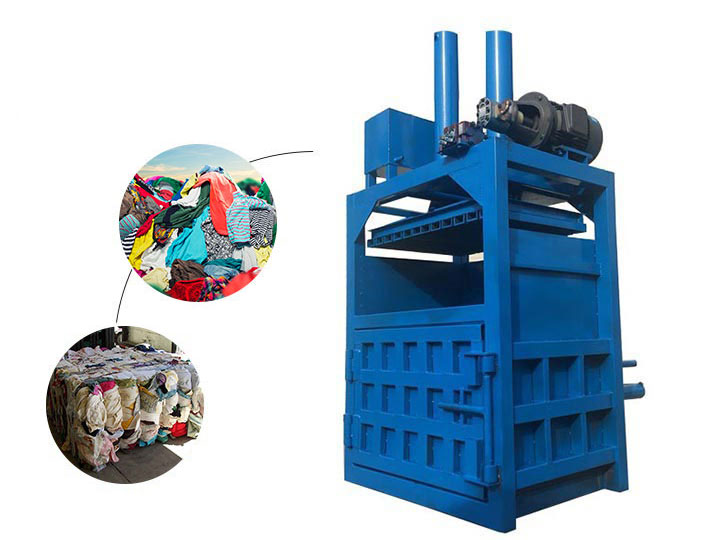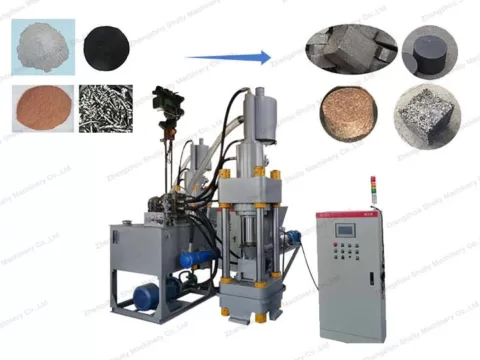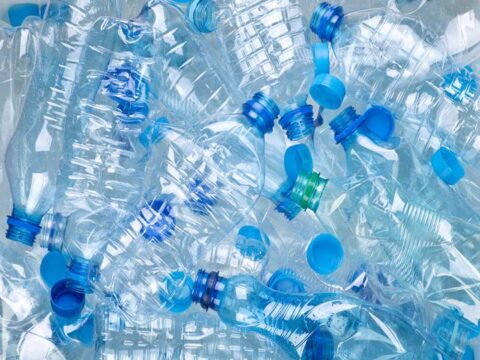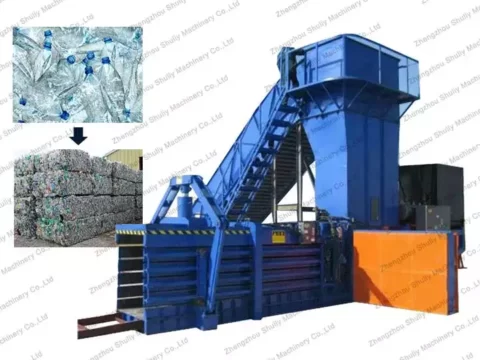A textile baler is a machine that is designed to compress and bale waste textiles, such as clothing, fabrics, wool, cotton, and other textile materials. The baler uses hydraulic or mechanical force to compact a large volume of textiles into tightly packed bales that can be easily stored and transported for recycling or disposal. The bales are usually secured with wire or strapping to prevent them from coming apart during handling and transportation. Textile baler is commonly used in textile recycling facilities, textile manufacturing plants, and other industries that generate textile waste.
Shuliy Machinery provides two common types of textile baler for sale, vertical textile baler and horizontal textile baler. They have different configurations and advantages. If you are looking for a reliable textile bailing solution, contact us for the best price.
Two trustworthy types of textile baler for sale
Vertical textile baler
Vertical textile baler is the most common type of textile baler used for compressing textile waste. They are compact, space-saving, and easy to operate. Vertical baler works by compressing materials in a vertical chamber, and they are available in different sizes and capacities to suit various needs. It covers a small space and is an excellent choice for small to medium-sized textile waste producers.

Horizontal textile baler
Horizontal balers are larger and more powerful than vertical balers, making them an excellent choice for large textile waste producers. They work by compressing materials in a horizontal chamber and can handle a high volume of waste. Horizontal textile baler is available in different sizes and capacities to suit various needs.

How textile balers work?
Textile baler compresses waste textiles into tightly packed bales using hydraulic force, making them easy to store and transport. The process involves loading the waste textiles, compressing them, forming them into a bale, and ejecting the bale. Different types of balers, such as vertical, horizontal, or two-ram, may be used depending on specific needs. Textile bailing press machine is commonly used in textile recycling facilities, textile manufacturing plants, and other industries to reduce the environmental impact of textile waste.
Applications of textile baler
1.Textile recycling: Textile baler or clothing baler is commonly used in textile recycling facilities to compress and bale waste textiles, such as clothing, fabrics, and other textile materials. The baled materials can then be transported to textile mills for recycling.
2.Textile manufacturing: Textile baler is used in textile manufacturing plants to compress textile waste, such as scraps, offcuts, and trimmings. The baled materials can be transported for recycling or disposal, reducing the environmental impact of textile waste.
3.Retail and distribution centers: Retail and distribution centers often generate a large volume of textile waste, such as unsold clothing and damaged textiles. Textile bailing machine can help manage this waste by compressing it into compact bales that can be easily transported for recycling or disposal.
4.Hotels and hospitality industry: The hospitality industry generates a significant amount of textile waste, such as bed linens, towels, and uniforms. Textile baler machine can help manage this waste efficiently and cost-effectively by compressing it into compact bales for recycling or disposal.
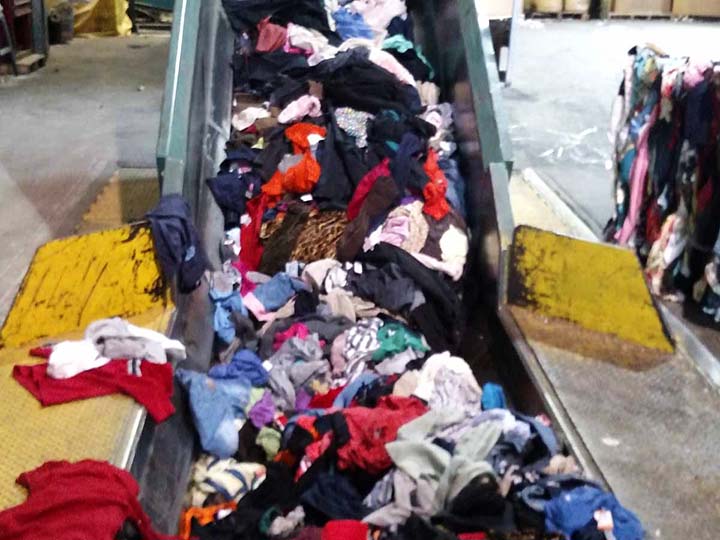
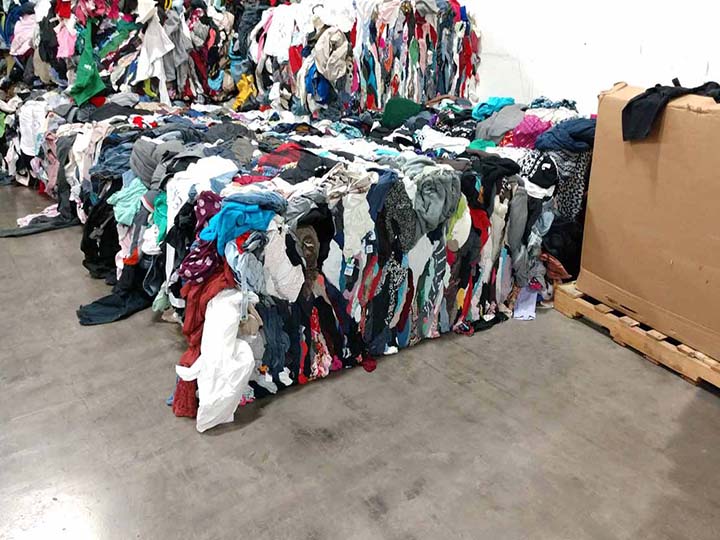
Factors to consider when choosing a textile bailing machine
Choosing the right textile bailing press machine is important for your clothing recycling business. So how to choose the correct one? Here are 8 factors to take into consideration when selecting a textile baler.
1. Capacity: Consider the amount of textile waste your facility generates and choose a baler with a capacity that can handle that volume.
2. Bale size: Determine the size of bales you need for your storage and transportation needs, and select a baler that can produce bales of that size.
3. Compression force: Look for a baler with enough compression force to effectively compact the materials you are working with. The compression force required will depend on the density and weight of the textiles.
4. Space requirements: Consider the available space in your facility and choose a baler that can fit within that space while still allowing for efficient operation.
5. Power source: Choose a baler with a power source that aligns with your facility’s electrical capacity and availability.
6. Ease of use: Look for a baler that is easy to operate, with simple controls and minimal maintenance requirements.
7. Safety features: Consider the safety features of the baler, such as emergency stop buttons, safety interlocks, and guarding to protect workers from injury.
8. Price: Evaluate the cost of the baler, including both the upfront purchase price and ongoing maintenance and repair costs, and choose a baler that fits within your budget.

